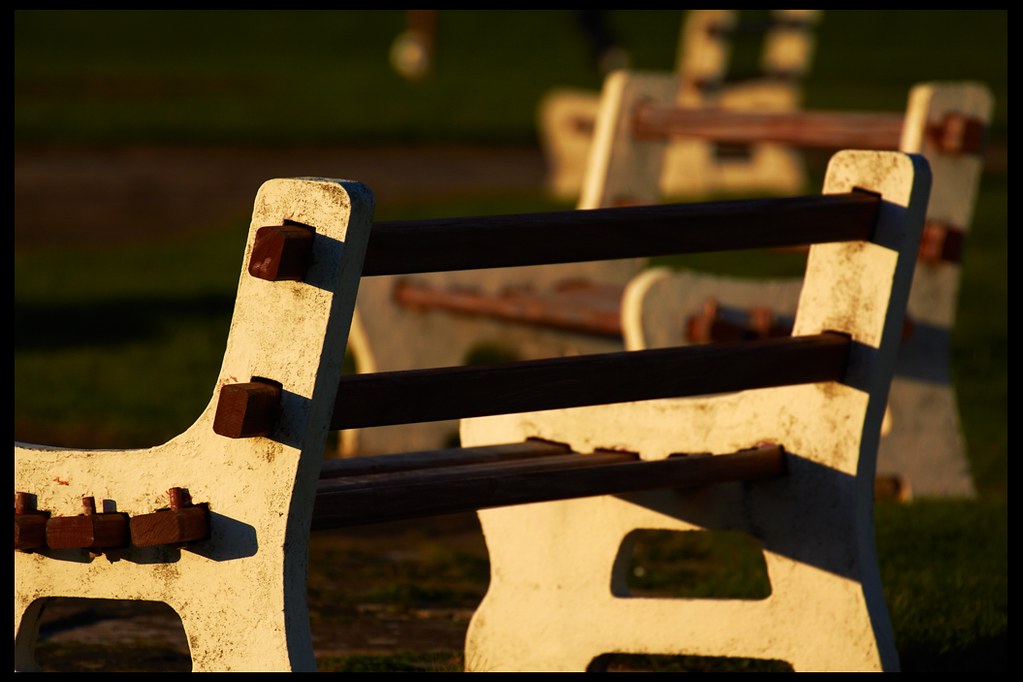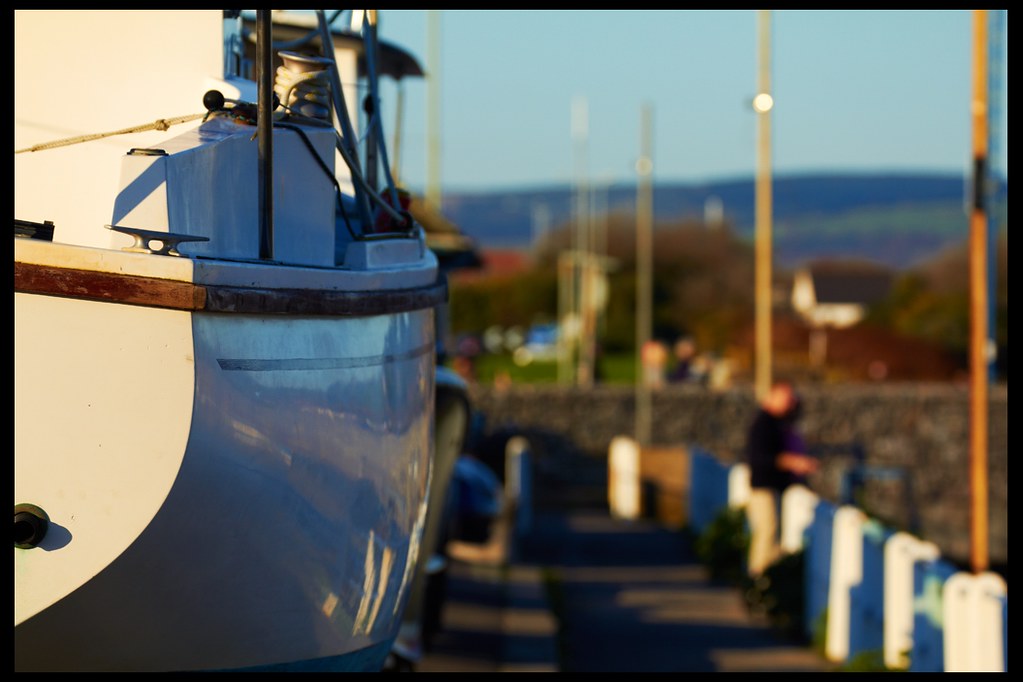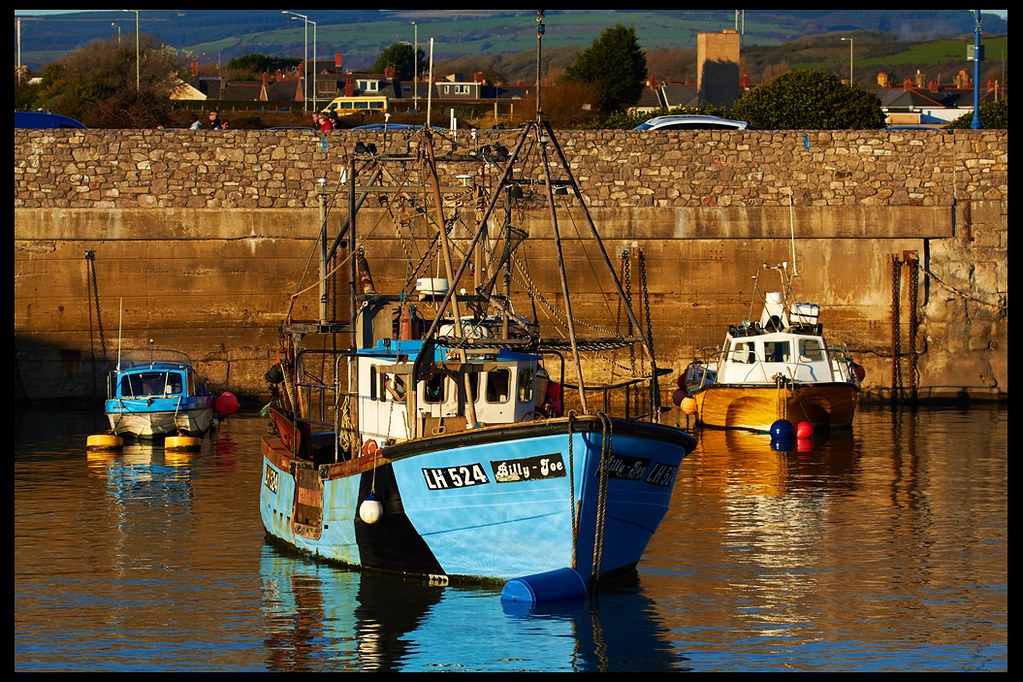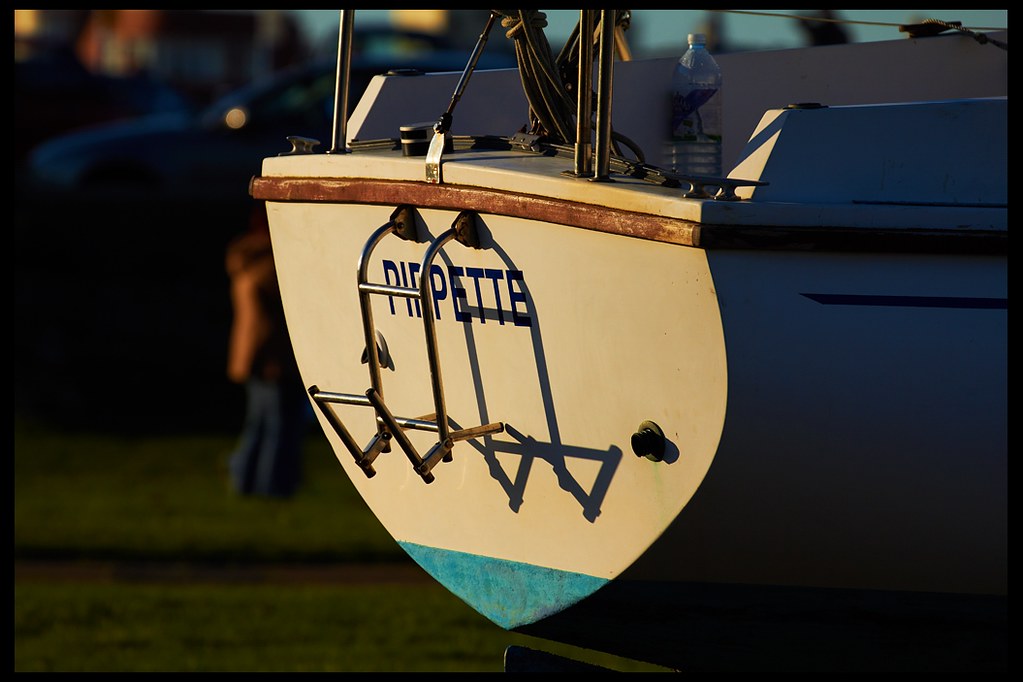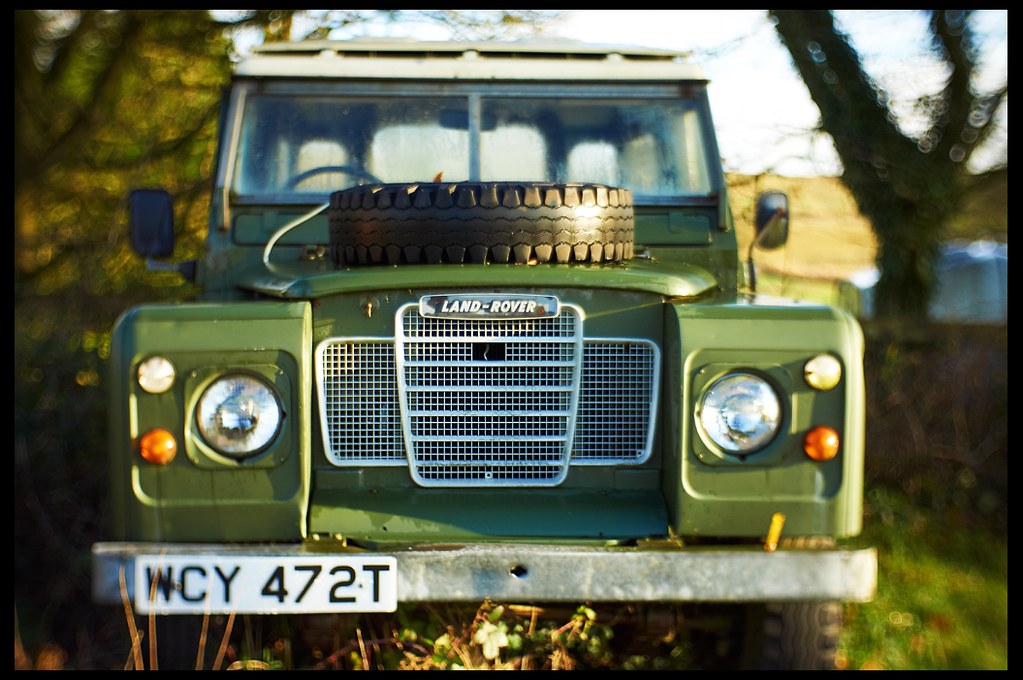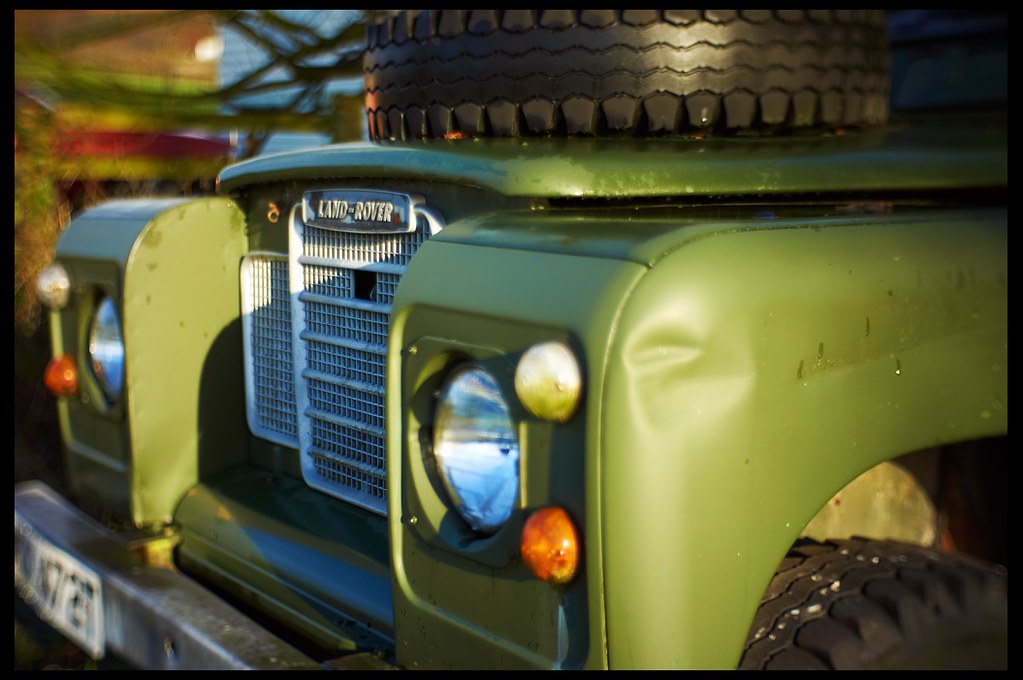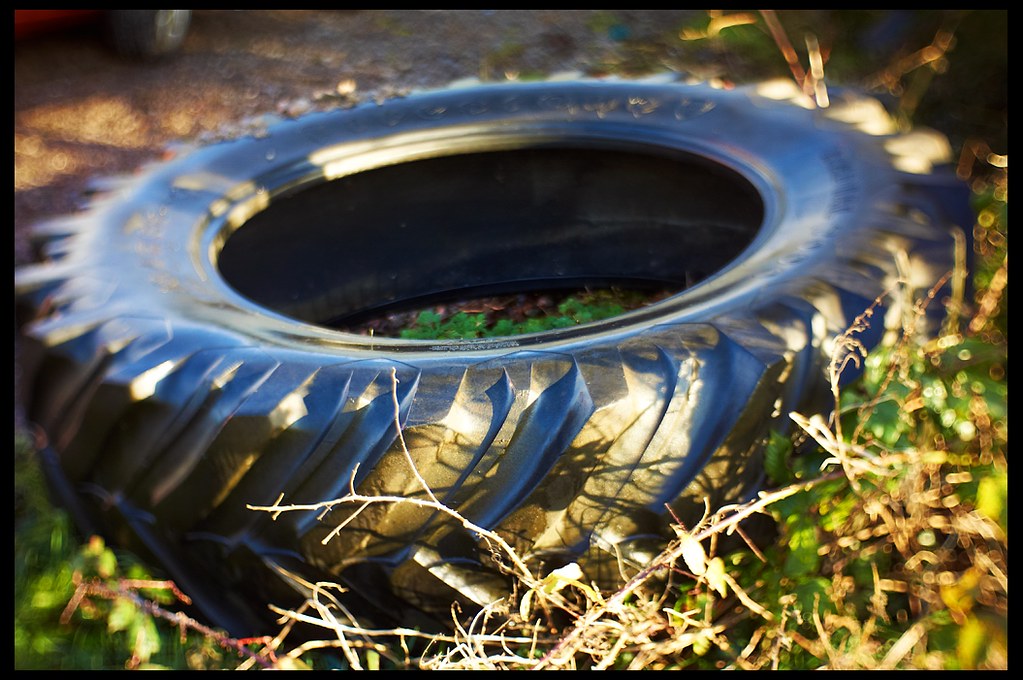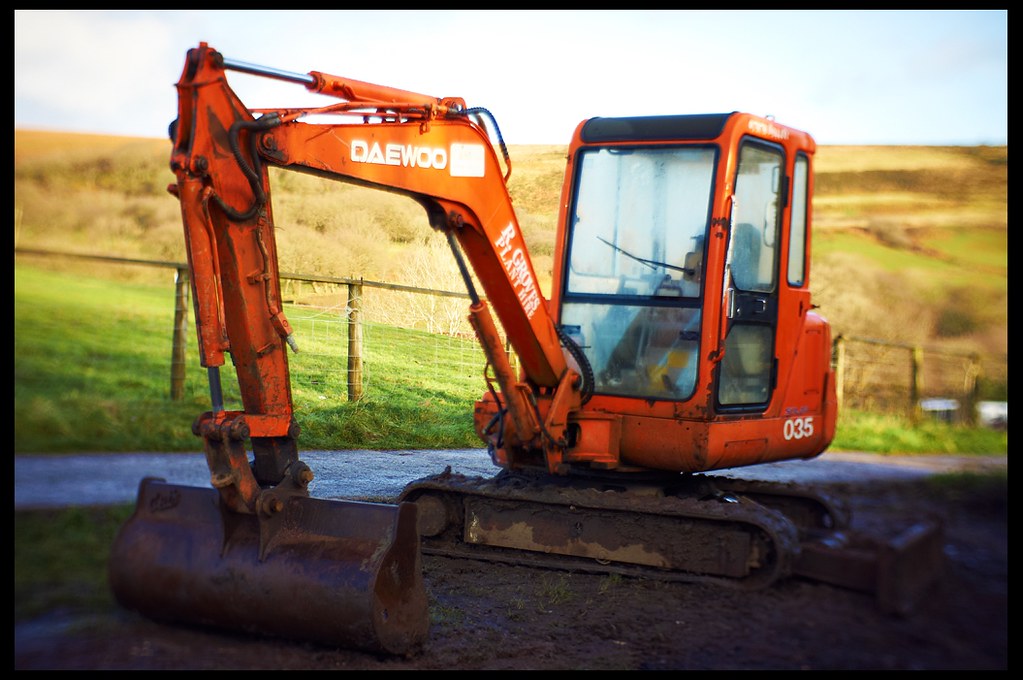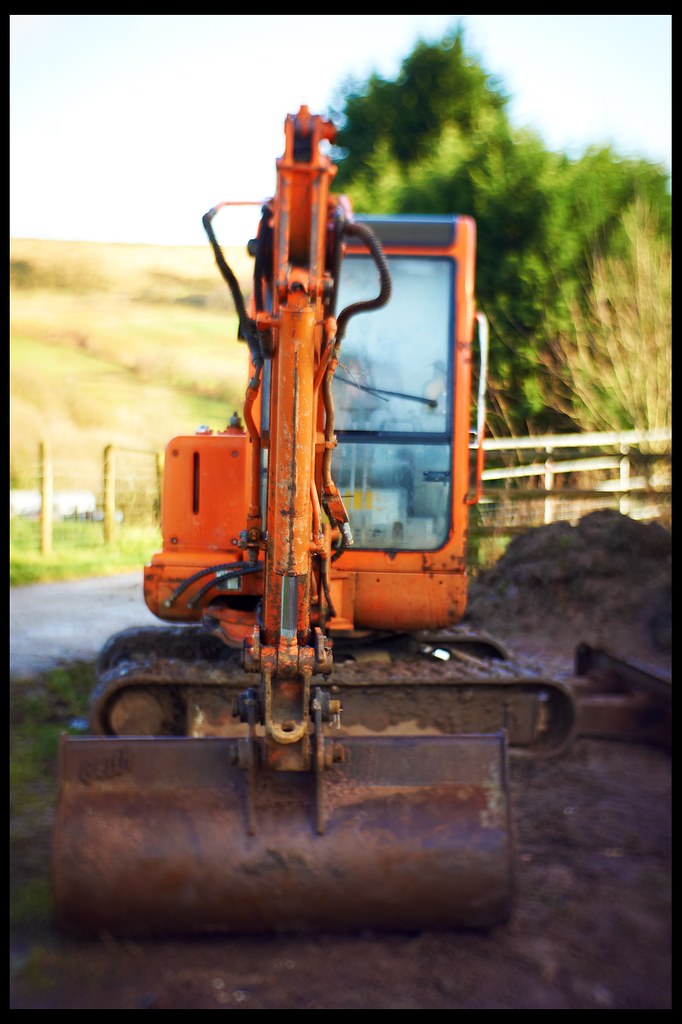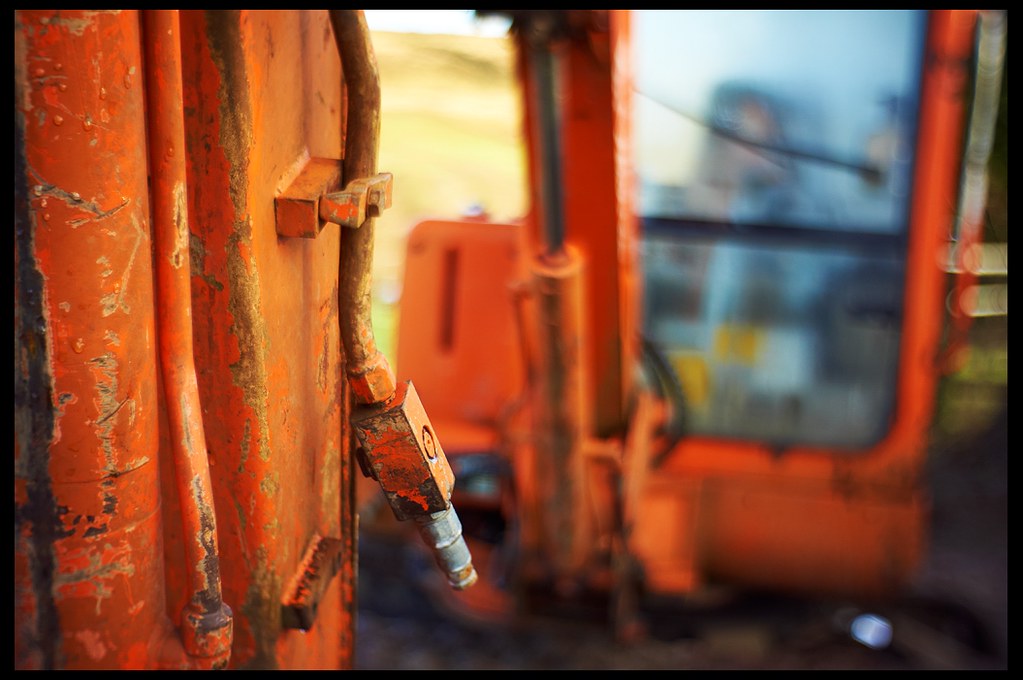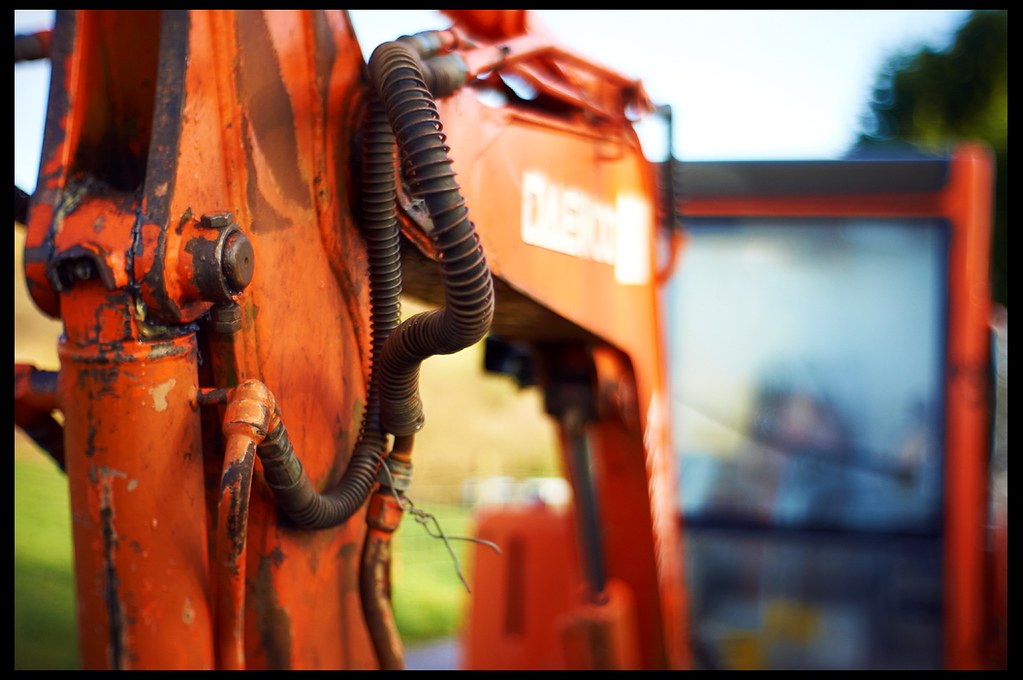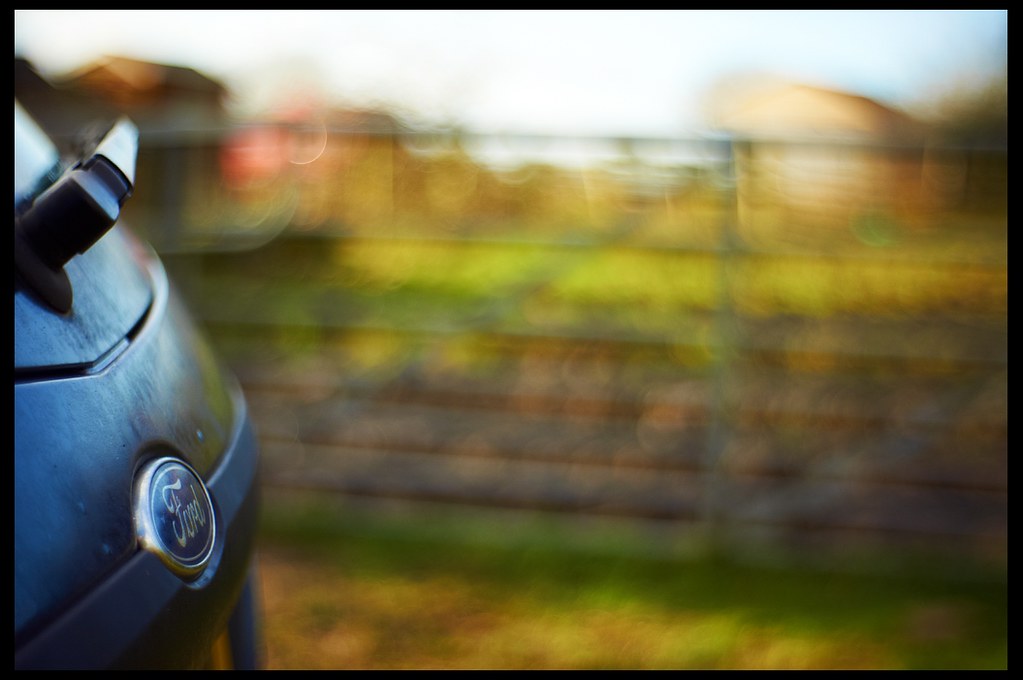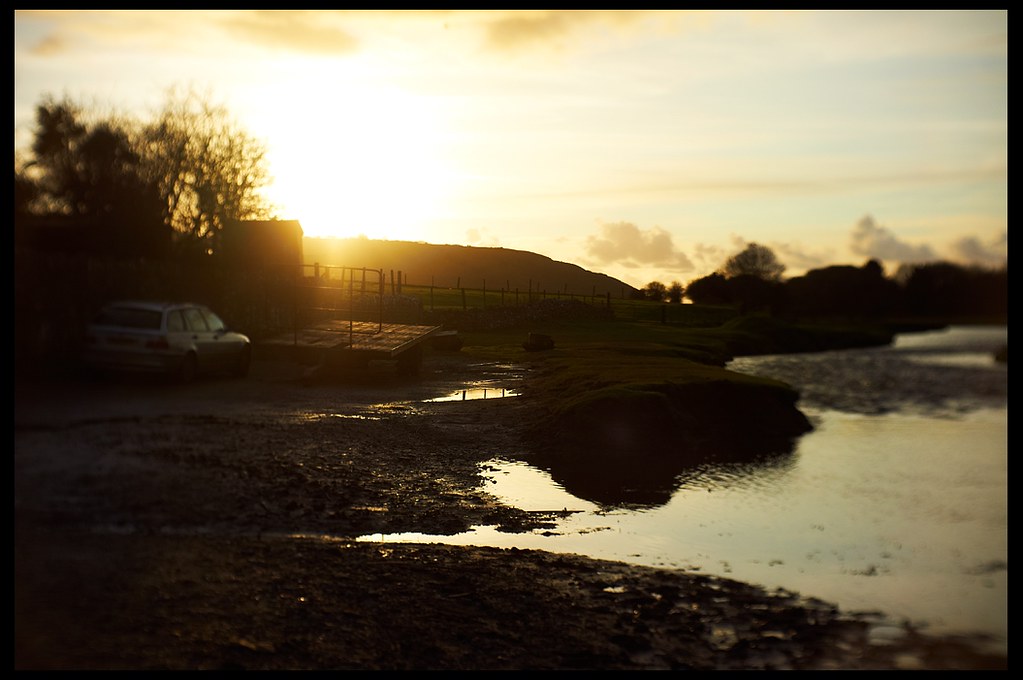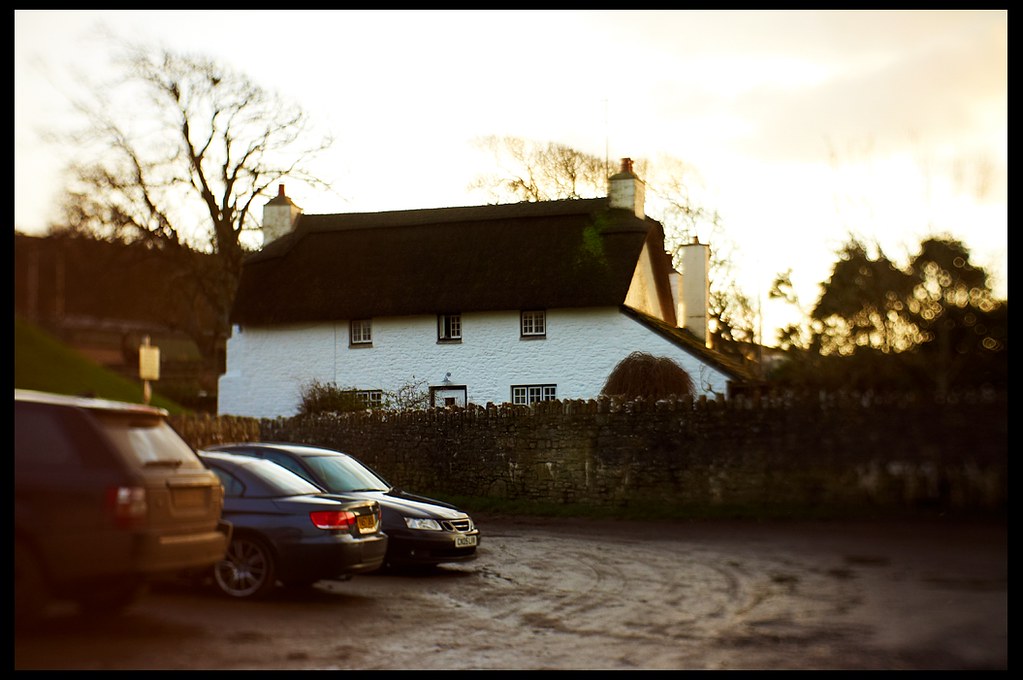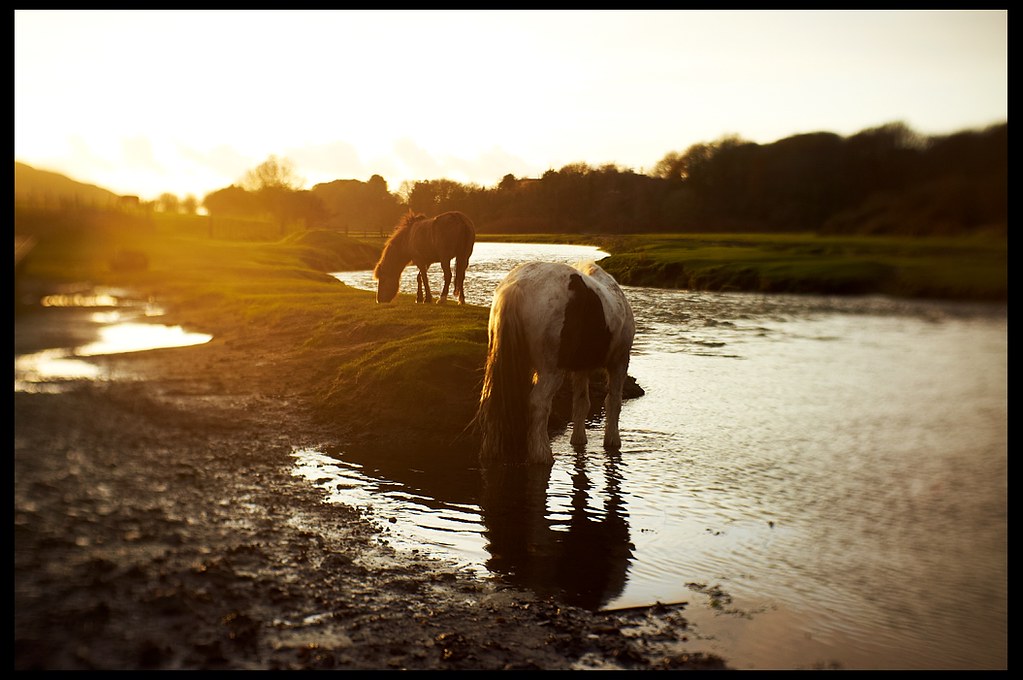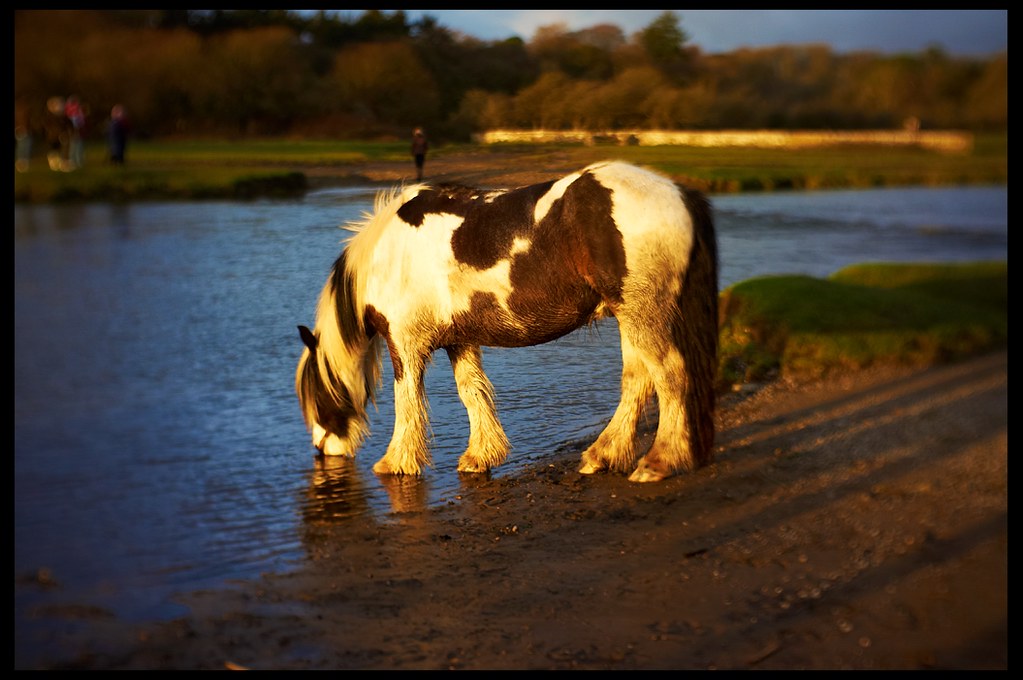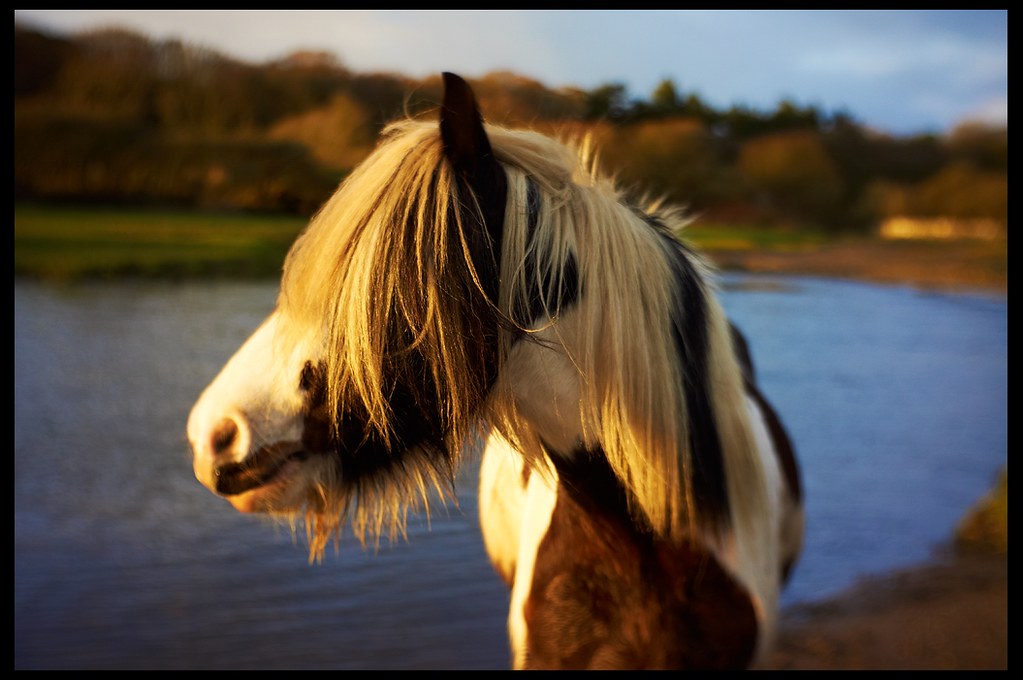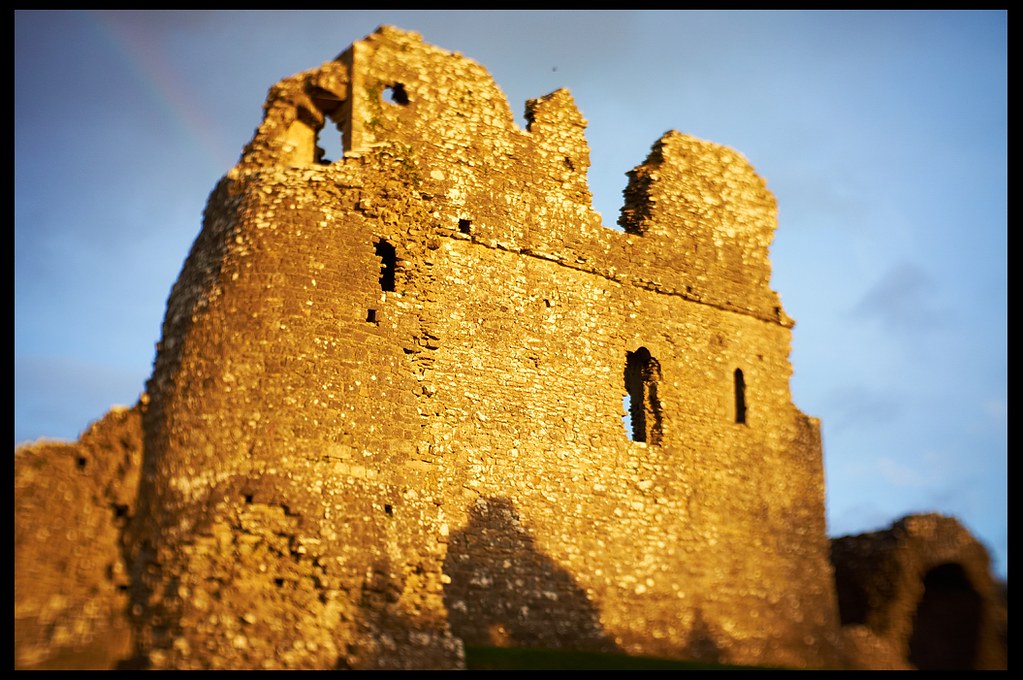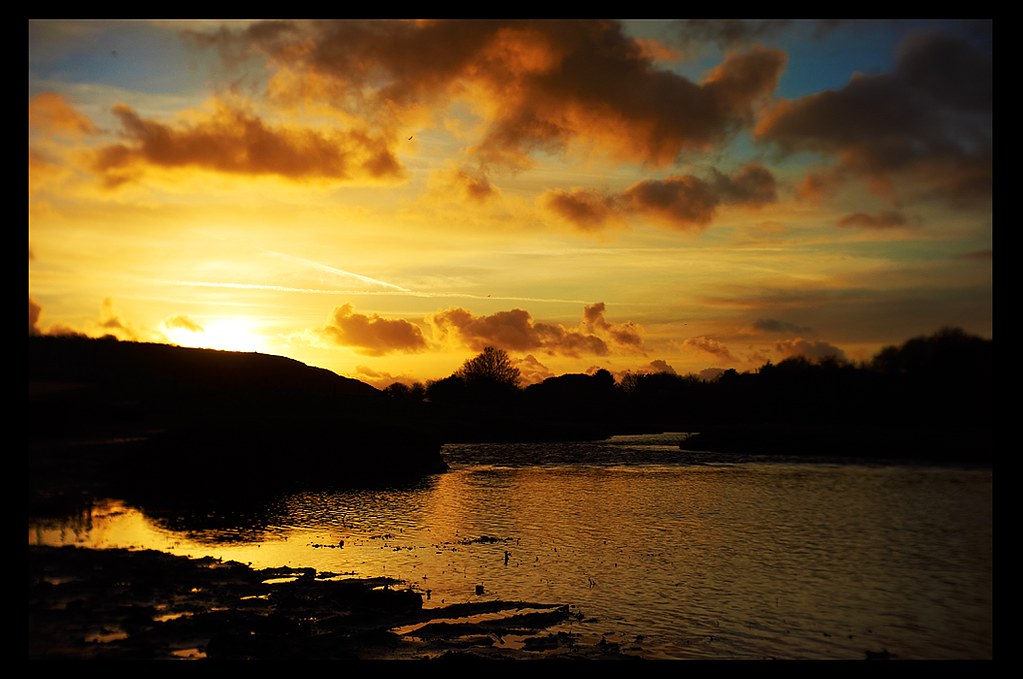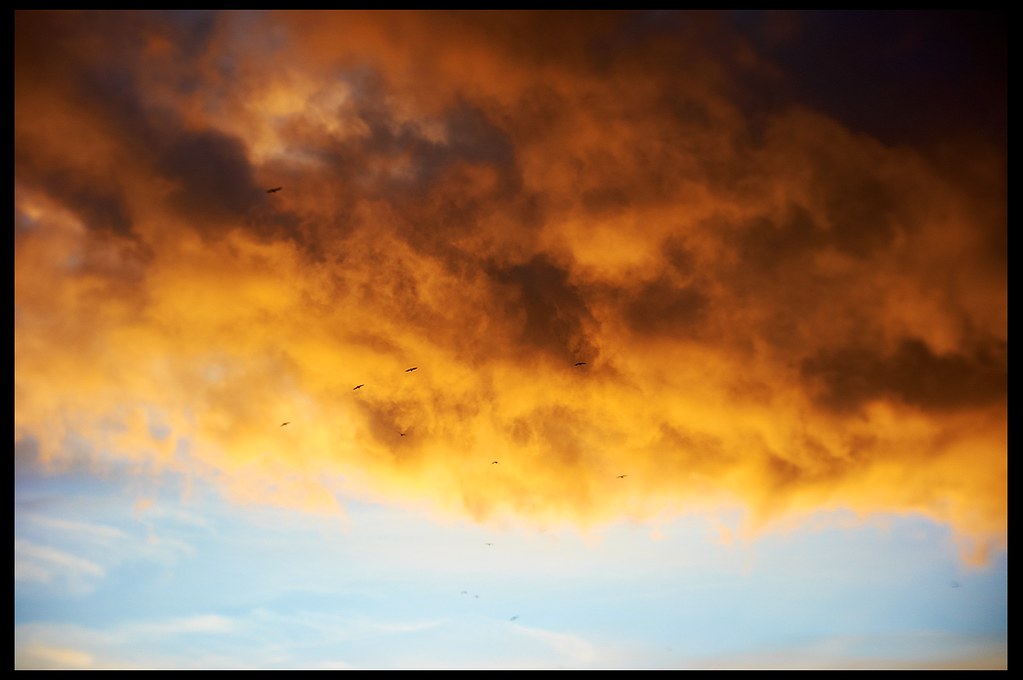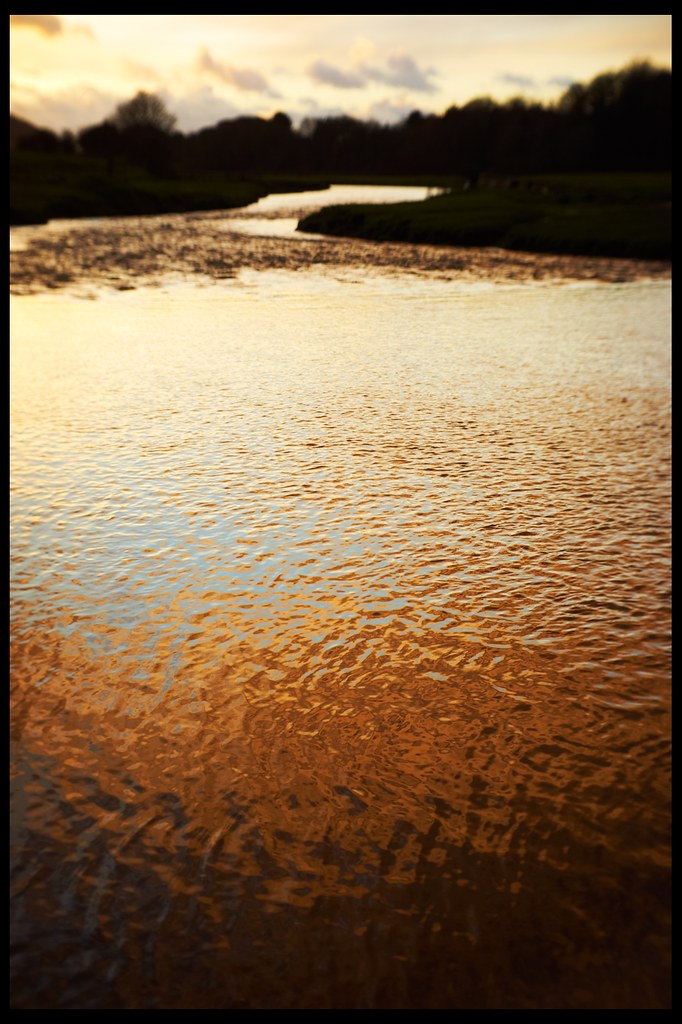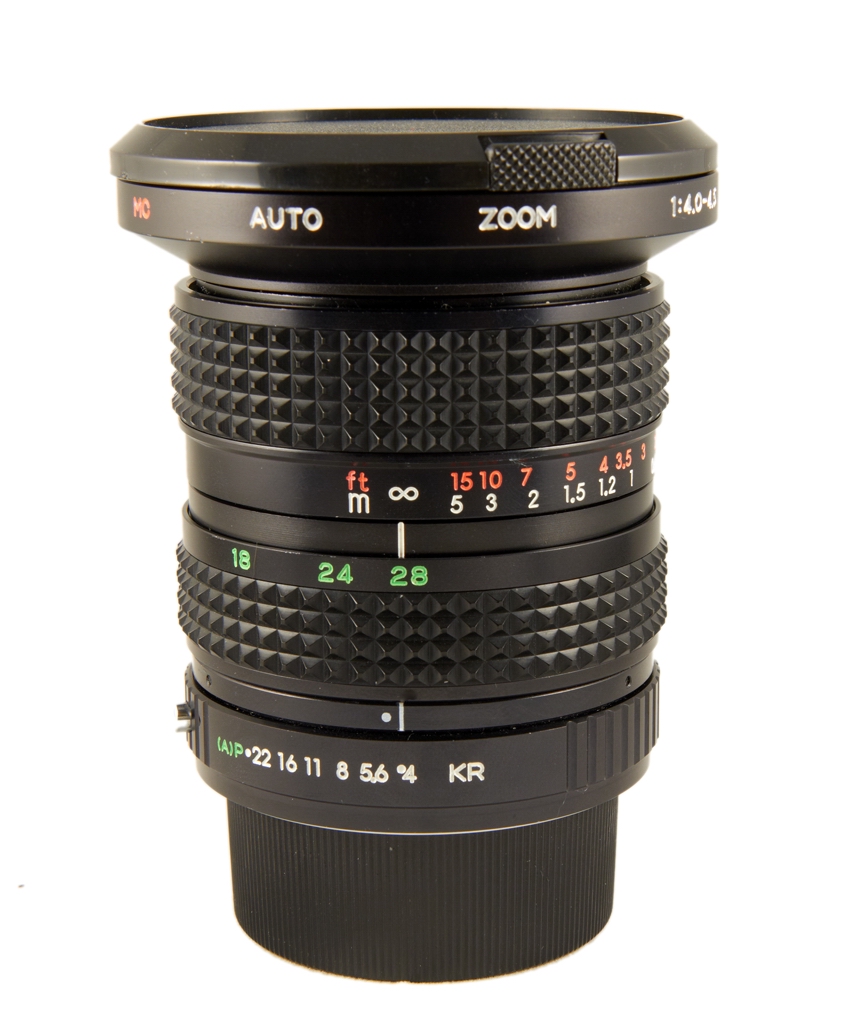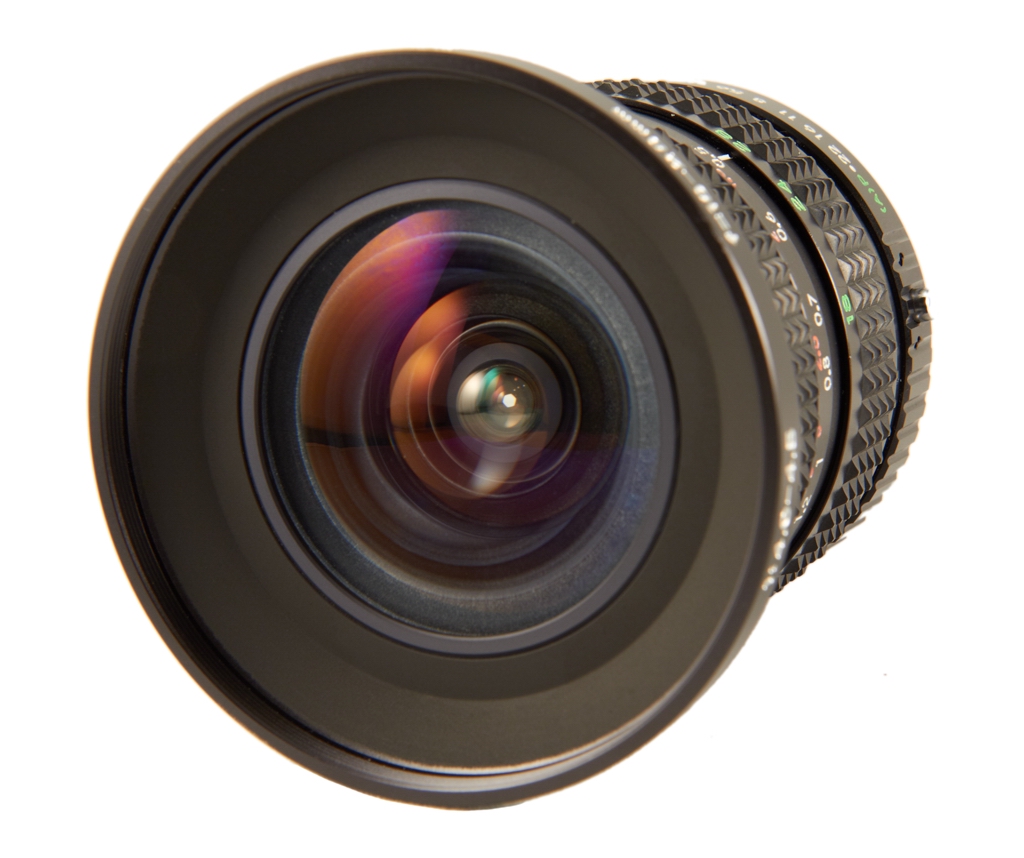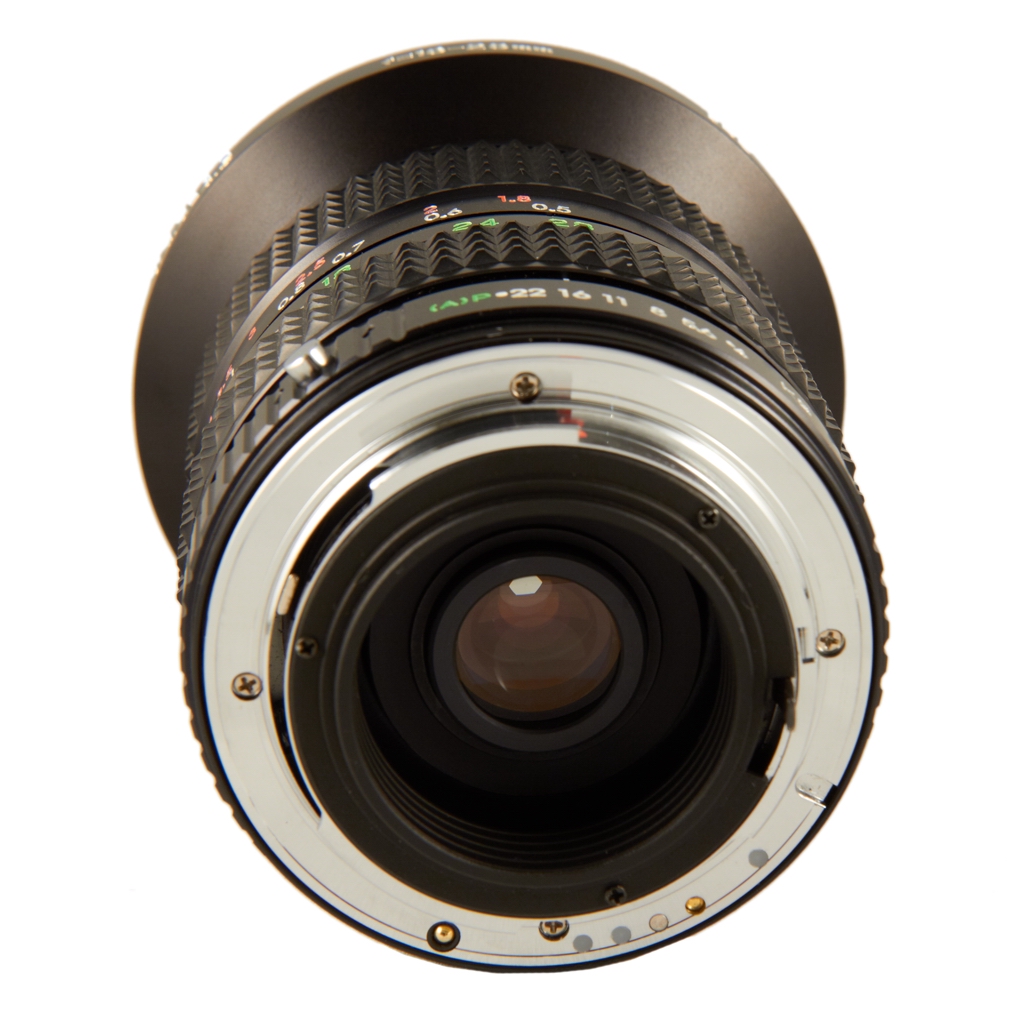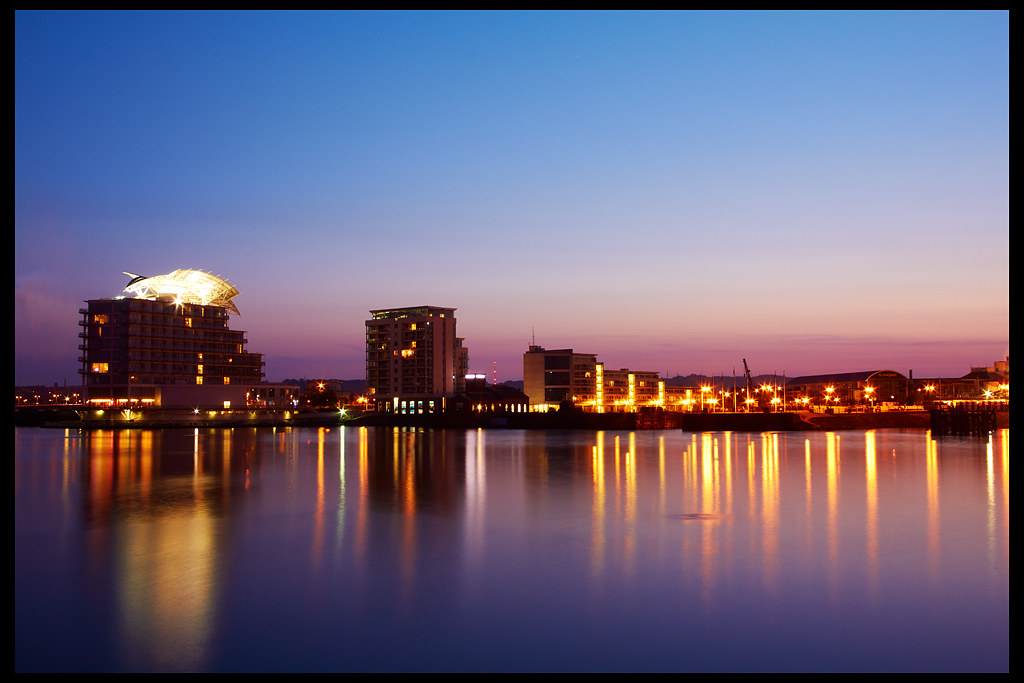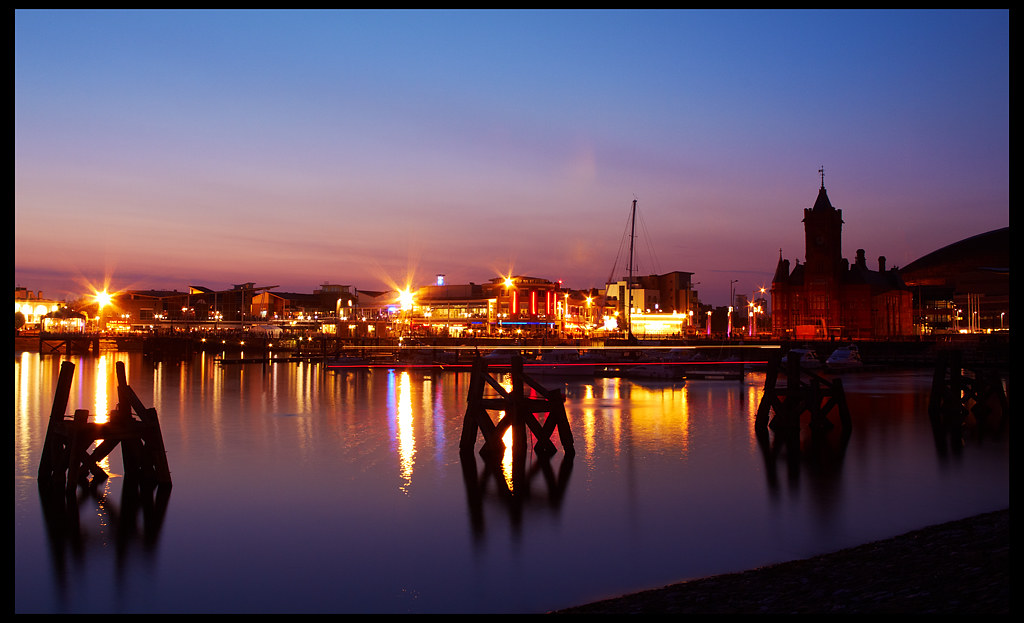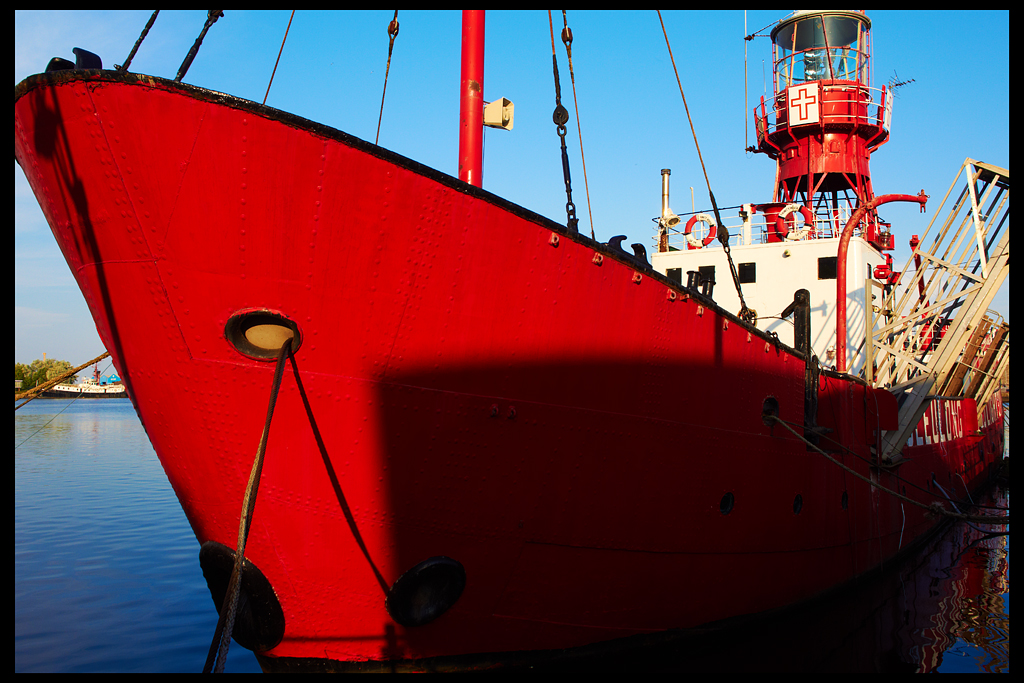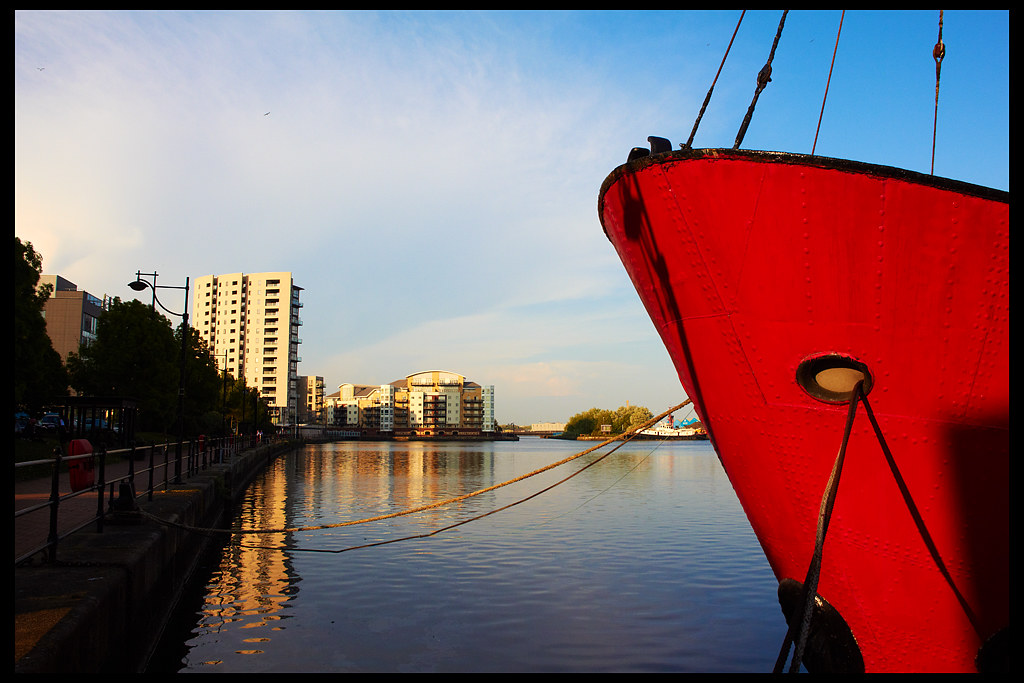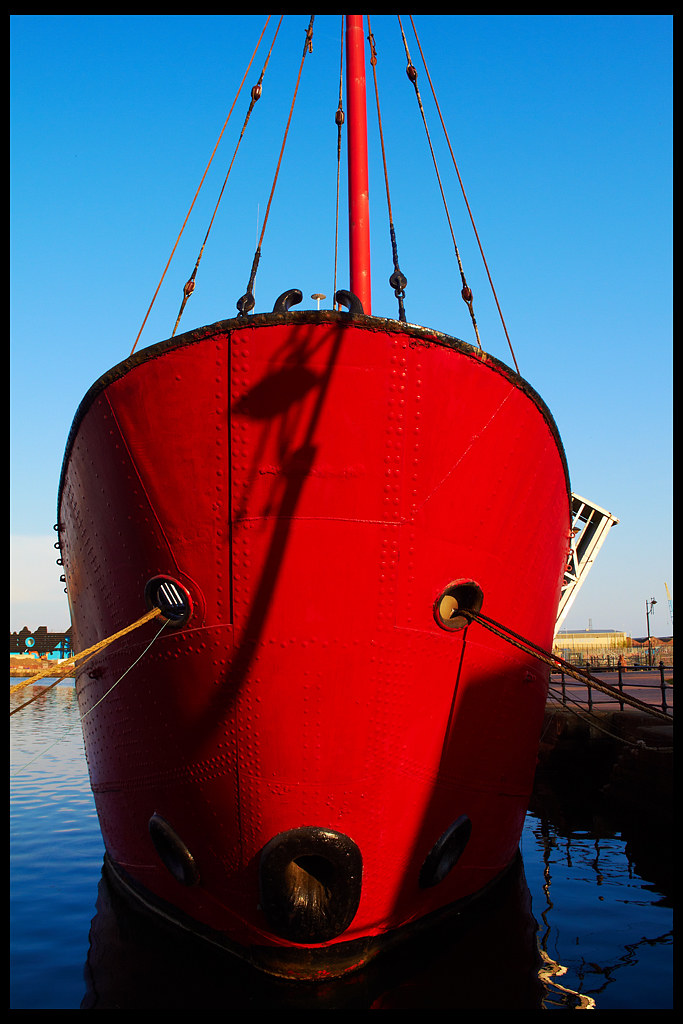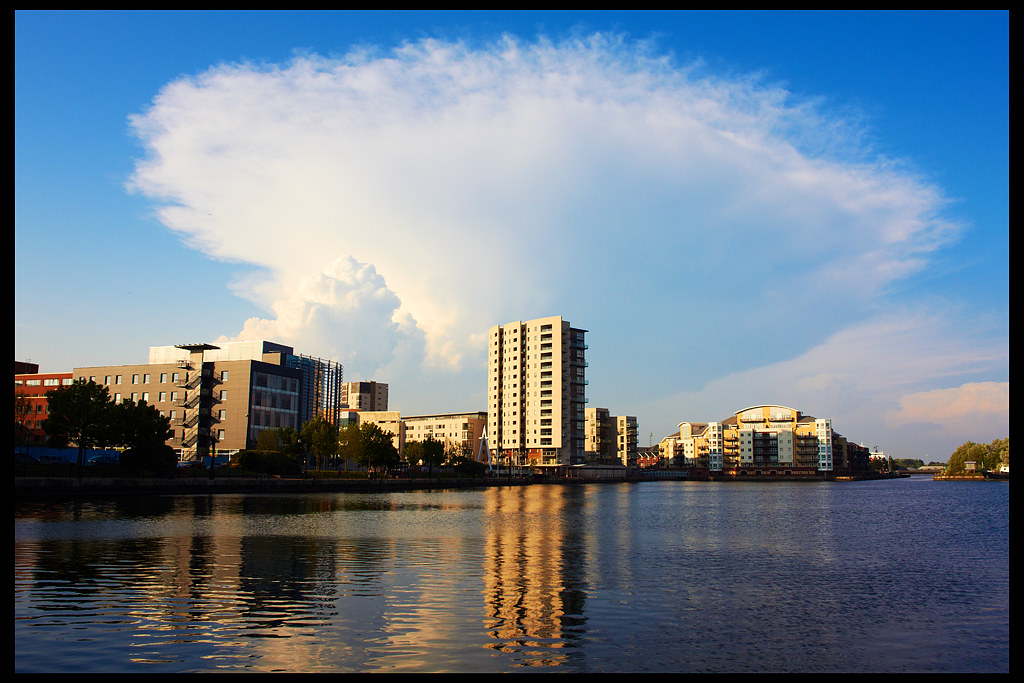It was never my intention to purchase this lens originally, I was quite happy with my EF-S 55-250mm lens in all aspects apart from the focus in terms of both speed and accuracy which could be frustratingly unreliable for things such as airshows where you don't have the opportunity to have a few tries at a given subject. My plan was to buy the Canon 100-400mm to use for such occasions, the idea being that the autofocus is faster and works better in AI servo mode and of course the lens goes out to a much more powerful 400mm. So I would have the smaller, much more portable lens for carrying around and the larger professional lens for things such as airshows when using a tripod wouldn't be a hindrance, these two lenses in theory would cover all my autofocus needs comfortably!
It didn't work out quite that way though, primarily because it seems there are about two decent copies of the 100-400 in existence, I literally went through four copies of this lens before giving up and the best one I ever got was sharp at the bottom of the image and soft at the top, I think the quality control is appalling with these lenses, especially considering the price which I am not too proud to admit is the kind of money that takes me many years to save. When you're dealing with an amount of money that takes you that long to save you tend to get panicked and stressed easily when things go wrong and by copy number four I had endured just about all the stress I could take and gave up on the idea completely.
I was tempted by the Sigma 50-500mm OS but reviews seemed to give inconsistent opinions on sharpness and while the Sigma may be a bargain in the scheme of things I expect a lens to be sharp and to focus well when it costs upwards of £1000! There was also the Tamron 200-500mm but this was a similar story.
The only other option left was to make a sacrifice on the tele end so I narrowed it down to two options, any lens that ends at 300mm was going to be uncomfortably close to the 55-250mm so it would really need to offer the best image quality and thoroughly superior autofocus to be worth bothering with which narrowed it down to the new Tamron 70-300mm SP and the Canon 70-300mm L, I was reluctant to try the Canon because in some ways I would be paying the same as the 100-400mm would have cost for a lens that was essentially 50mm longer so I gave the Tamron a go but it just wasn't as good as I expected it to be, it was somewhat soft at 300mm so it really didn't seem to offer enough over the 55-250mm to be worth buying. Eventually I gave in and tried the Canon, it costs a colossal amount more than the 55-250mm and yet only gave 50mm more reach so it was a really tough decision to make and my fingers were firmly crossed that it would be worth it!
This lens divides opinion a lot and it isn't helped by the fact that the focal and aperture range have until now been very much associated with "consumer grade" lenses, nobody has ever attempted to make a top of the line professional something-300mm lens before but that doesn't necessarily have to be a bad thing, it is a very useful focal range and providing the image quality is exceptional then even carrying such a huge price tag this lens could be a very powerful and versatile tool.
All I can say is WOW! This lens is built like a tank yet isn't as heavy or as huge as it looks in photos. The finish is superb with the usual Canon L textured finish over an all metal body which is also weather sealed. Having spent so much I was obviously eager to feel that my purchase had been justified but this really is the most tightly assembled and smooth Canon lens I have handled so far and easily outclasses the 100-400mm.
The good news continues when it comes to image quality too, it starts off blisteringly sharp at 70mm and stays that way all the way to 300mm, there may be tiny reduction in sharpness at 300mm but it's still absolutely pin sharp and offers resolution that has never been seen on such a lens before, the contrast is also superb all the way out to 300mm, the lens gives sharp, bright, colourful and punchy images at all apertures and all focal lengths, I have never felt the need to stop the lens down at any time! The lens produces only a negligible amount of chromatic aberrations throughout the zoom range which really helps to make images look super sharp. Furthermore, the lens appears to display absolutely no longitudinal chromatic aberrations (known as bokeh CA or bokeh fringing) at any aperture/focal length.
To top things off the lens even delivers very smooth and attractive bokeh including out of focus highlight discs that remain round thanks to the 8 curved aperture blades and suffer from no outlining effect.
I'm sure you get the idea by now but this lens is just a phenomenal performer at all settings and is easily the best zoom lens I have ever used and also comfortably beats many prime lenses. There is frequent discussion on the internet including the dpreview.com forum where it has been confirmed that this lens is as sharp as the Canon 70-200mm F/4 where the lenses overlap, the 70-200mm f/4 is considered by many to be the sharpest zoom lens ever made which I think says it all!
